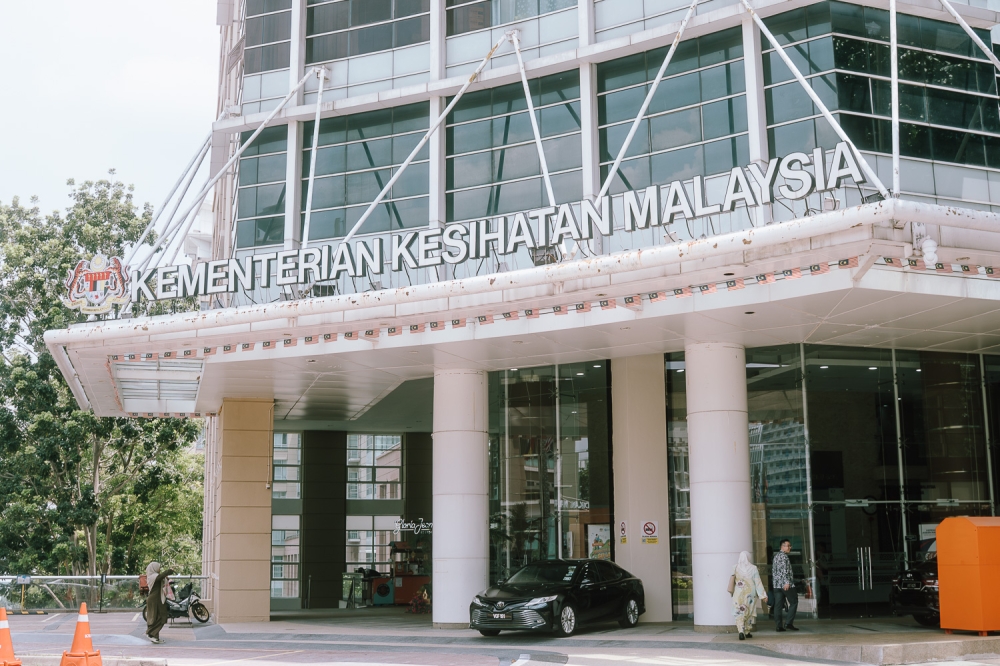JULY 18 — Speaking at a public forum in Kuala Lumpur in 2023, a senior officer from Ministry of Health’s (MOH) planning division denigrated the UK National Health Service as a poor example to emulate given its current sad state.
Unfortunately, he seemed unaware of how the NHS had been ravaged in the preceding decades by both Tory as well as Labour governments, and what lessons MOH could draw from that decline (given the shared legacy of our Bevan–Beveridge institutional architectures).
Just as we shouldn’t unduly blame NHS for the service failures emanating from its subjection to an “internal market” regime, we shouldn’t blame MOH for its desperate resort to RakanKKM to monetise its (contested) inpatient spare capacity for supplementary revenues.
Without supplemental taxes and substantial increases in federal allocations, MOH is desperately trying to cope with chronic underfunding by spawning a ‘private’ non-profit subsidiary. This was envisaged to generate some margins beyond cost recovery, from user charges for medium-cost services provided on a priority basis, by physicians of choice.
The supplementary earnings were intended as cross-subsidies for MOH’s regular patients, as well as incentives for MOH staff retention.
Citizens’ Health Initiative would like to offer a context and narrative that weaves together various strands in the continuing public discourse following the recent hikes in health insurance premiums.
We do not present this necessarily as the unfolding of a premeditated strategy. It is more a descriptive chronology of contingent circumstances that nonetheless interacted in a manner that is gradually re-balancing the system towards healthcare provided on the basis of ability to pay, rather than on the basis of need.
Why Malaysia needs to double its public sector healthcare spending
Our post-Merdeka improvements in life expectancies at birth were internationally acclaimed, all the more remarkable given our very modest government healthcare expenditures (rarely exceeding 2 per cent GDP).
The Rural Health Service’s initiatives in village midwifery (bidan kampung), vaccine-preventable childhood ailments, tandas curah (‘Jitra bowl’), the Applied Food and Nutrition Programme (AFNP), potable water supply, and control of communicable diseases were very well-chosen low-cost interventions which markedly reduced mortality among young children and mothers.
Commendable increases in life expectancy at birth however mask a much less satisfactory trend in life expectancy in late adulthood, in comparison with Singapore, Taiwan, Hong Kong and other developed countries in the Asia-Pacific region:
This poor adult life expectancy largely reflects Malaysia’s burgeoning epidemics of Non-Communicable Diseases (NCDs), along with the highest prevalence in Southeast Asia of risk factors like obesity and being overweight.
Meanwhile, the prevalence of diabetes mellitus had almost tripled from 6.3 per cent in 1986 to 11.6 per cent in 2006 to 17.5 per cent in 2015 (Yap et al, 2019; Safurah Jaafar et al, 2013).
Malaysia’s well-distributed primary healthcare system might have performed well for acute, episodic, self-limiting diseases in our early decades, but we are currently in new territory amidst escalating epidemics of NCDs.
This epidemiological-cum-demographic transition requires multi-sectoral promotive as well as comprehensive primary health care, and the commensurate financial, staffing, and material resources to deliver it.
We should not be captive to historical health budgeting practices whose modest annual increments are no longer adequate for the scale of effort that is now required—the prevention, detection, and oftentimes lifelong treatment of NCDs, with referral linkages and continuity of care at multiple levels, provided in a timely manner at adequately staffed and equipped facilities.

Chronic underfunding of Health Ministry has obliged many Malaysians to prepare for contingencies – Picture by Raymond Manuel
MOH’s chronic underfunding
At a public forum in September 2019, Tan Sri (Dr) Abu Bakar Suleiman (DG Health, 1991–2001) attributed the chronic underfunding to a developmental strategy premised on large inflows of FDI attracted through competitive lowering of corporate and income tax rates, which hobbled the fiscal capacity of states.
This however was not the sole reason for MOH’s chronic underfunding. There was concurrently active encouragement of for-profit healthcare, with tax incentives and subsidies, to cater to ‘market-capable’ segments of society.
Tun Dr Mahathir Mohamad (PM 1981–2003) unwisely chose not to expand the public sector to meet increasing healthcare needs, preferring instead to allow space for the rapid growth of for-profit healthcare.
Seductive logic of targeting
Faced with this chronic underfunding, a succession of health ministers argued that Malaysians who could afford it should patronise the private sector (suitably encouraged thus with income tax rebates) so that the government could conserve its modest resources for the ‘truly deserving poor’.
This intuitively appealing rhetoric of targeting will more likely hasten the arrival of a two-tier healthcare system of deluxe priority care for the rich, and a rump, underfunded public sector for the rest.
RakanKKM to the rescue of market failures?
Chronic underfunding of MOH has obliged many Malaysians to prepare for contingencies they will likely face when seeking urgently needed inpatient care at congested public hospitals.
For those without deep pockets, such contingency plans invariably look to commercial hospitals and the requisite insurance coverage for urgent critical care if and when its need arises.
When large segments of the ‘market-capable’ middle class get entangled however in a tug-of-war between profit-driven health providers and profit-driven health insurers, the government is compelled to intervene, in this case with a ‘premium economy’ option RakanKKM in publicly owned hospitals.
It is far from clear that MOH has enough spare capacity to scale up proof-of-concept trials to cater to policy holders abandoning unaffordable premiums. This could exacerbate existing backlogs of regular MOH patients even as neighbouring Singapore is aggressively recruiting Malaysian doctors and nurses for their own envisaged non-profit MOH hospitals.
Unkept promises and a proposed Tabung Kesihatan Negara
Meanwhile the Madani government continues to ignore electoral promises and calls for increased allocations and expanded capacity for publicly provided healthcare.
This would require a dedicated ring-fenced Tabung Kesihatan Negara which could be funded by a supplementary progressive health tax, corporate taxes, property and capital gains taxes, Tobin-type taxes, ‘sin’ taxes, (zakat?), with credible stakeholder representation, accountability, and transparency.
This however seems to be off the radar screen currently, hobbled in part by public scepticism over the stewardship of public financial resources.
Will the Madani government live up to its name, or will we need to elect a government which keeps electoral promises, and which we can trust with the management of public monies?
* This is the personal opinion of the writer or publication and does not necessarily represent the views of Malay Mail.






